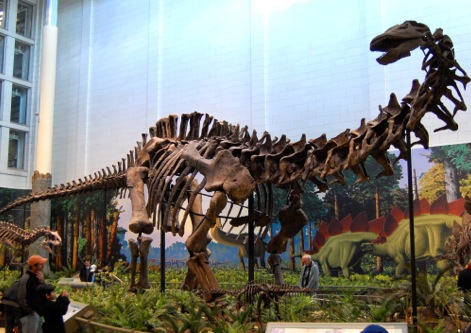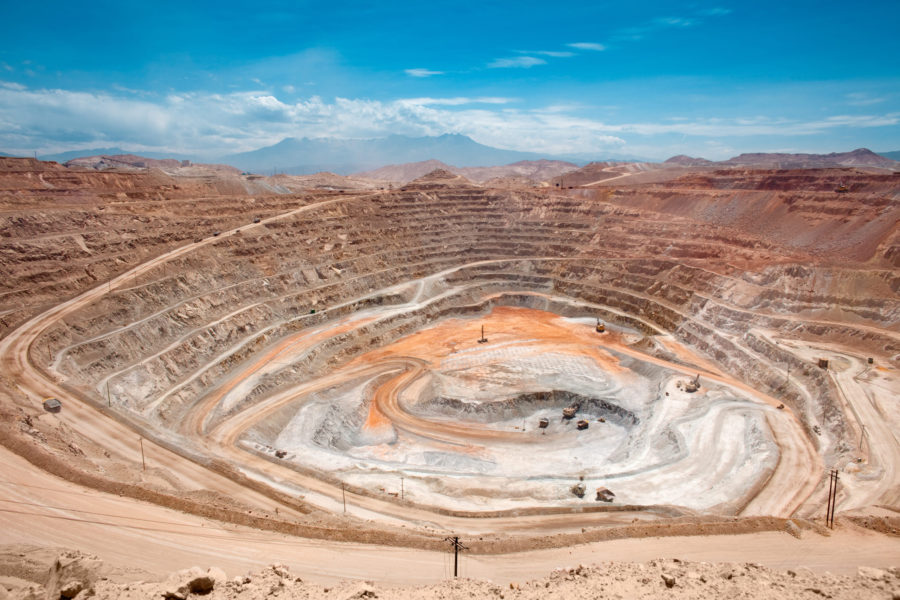Dinosaur intestinal gases possible cause of Prehistoric global warming

Forget about carbon emissions and greenhouse gases (GHGs) generated by humans. Sauropods — the long-necked, long-tailed dinosaurs that included some of the largest terrestrial animals ever known— could have been the first to warm the Earth’s climate thanks to their massive amounts of methane-producing flatulence, says the Tuesday’s edition of Current Biology.
Researchers believe that, just as in cows, methane-producing bacteria aided the digestion of vegetal-eaters sauropods by fermenting their plant food.
”A simple mathematical model suggests that the microbes living in sauropod dinosaurs may have produced enough methane to have an important effect on the Mesozoic climate,” said study leader Dr. Dave Wilkinson, from Liverpool John Moores University, as quoted by e! Science News:
“Indeed, our calculations suggest that these dinosaurs could have produced more methane than all modern sources — both natural and man-made — put together.”
Co-researcher Graeme Ruxton from St. Andrews University in Scotland and Wilkinson worked out just how much of the greenhouse gas the billions of dinosaurs would have generated during the Mesozoic era, starting 250 million years ago.
They concluded the dinosaur output of 520 million tons is comparable to current natural and man-made emissions of the greenhouse gas, which scientists say is around 21 times more powerful than CO2 at trapping heat on Earth and causing climate change. Cows and other farm animals globally contribute up to 100 million tons of methane a year.
(Photo: Mounted skeleton of Apatosaurus louisae, Carnegie Museum, from Wikipedia)
More News
Resouro boosts titanium resource by 37% at Tiros project in Brazil
Total resources are now 1,400 Mt1 at 12% TiO₂ and 4,000 ppm TREO, the company said.
April 09, 2025 | 04:37 pm
Prime Minister Mark Carney vows to speed permits, make Canada energy superpower
The Liberal Party leader said at a campaign stop in Calgary that his government would create a Major Federal Project Office with a “one project, one review” mandate.
April 09, 2025 | 03:34 pm
Peru mining chamber sees copper output up 2-4% this year
That would put Peru's copper production between 2.79 million and 2.85 million metric tons.
April 09, 2025 | 02:53 pm
{{ commodity.name }}
{{ post.title }}
{{ post.excerpt }}
{{ post.date }}




2 Comments
Leonleon403
a load of bull!….or is it a load of dino?…..
Rmpsilva
Definitively is a big dilemma. Stop doing barbecue or let the cows alive. Both are significant contributions for the global warming……… .